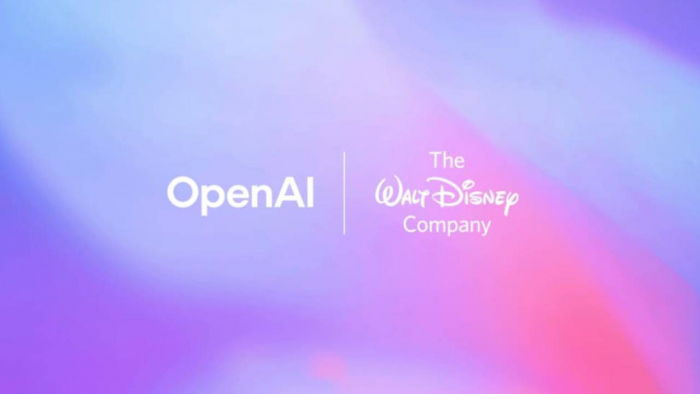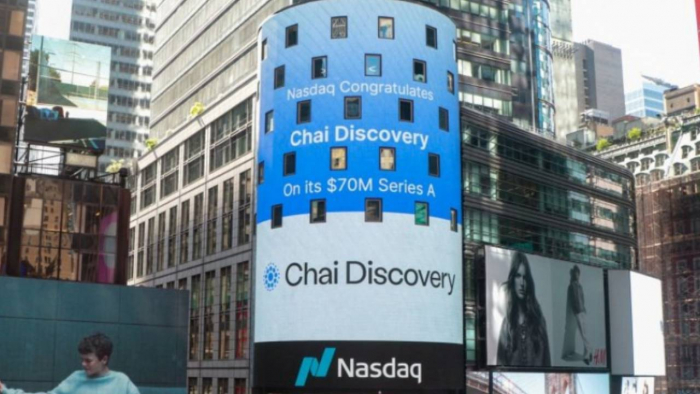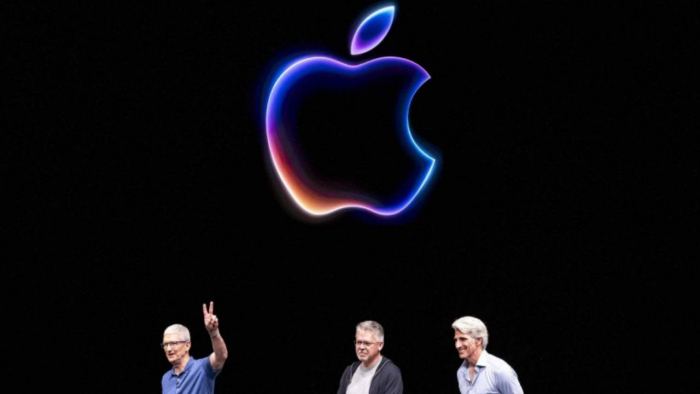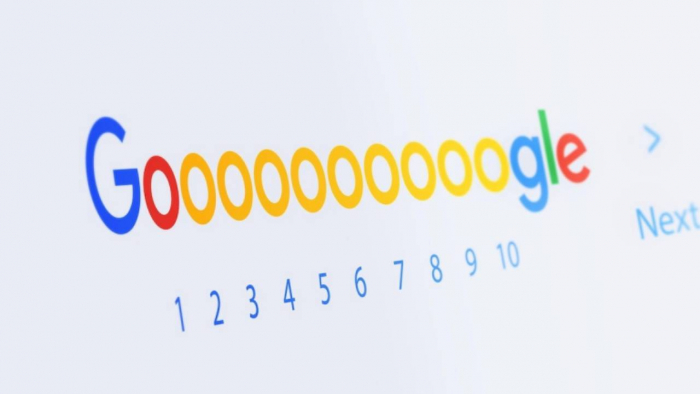Table of Content
- Why Software Discovery Needs a Rethink
- 1. AI Answer Engines Are Replacing Traditional Search
- 2. Benchmarks Will Replace Marketing Hype
- 3. Compliance Will Be a Gatekeeper in Discovery
- 4. Vertical Hubs Will Solve Choice Overload
- 5. Discovery Will Embed Itself Into Workflows
- Comparison: Old vs. New Software Discovery
- Final Thoughts: Discovery Is Becoming Distribution
- FAQs on the Future of Software Discovery
Why Software Discovery Needs a Rethink
For years, finding the right software followed a simple path: search Google, skim a few “Top 10” lists, and pick whatever seemed reliable. That model is collapsing.
Today, AI assistants, compliance rules, and benchmark-driven marketplaces are rewriting how discovery works. If you’re building, selling, or buying software, you need to understand these shifts now — because they’ll decide which tools rise and which vanish.
1. AI Answer Engines Are Replacing Traditional Search
A study confirmed what many suspected: when Google users saw an AI summary (AI Overview), their click-through rates to websites fell by nearly 50% compared to normal search results.
Instead of relying on SEO blogs, buyers are increasingly turning to ChatGPT, Perplexity, Copilot, and Claude for direct software recommendations.
Example: Ask Perplexity “Which AI tool is best for meeting transcription?” and it doesn’t return links — it recommends Otter.ai or Fireflies with citations.
Advantage for users: Faster decisions, less noise.
Impact on vendors: If your product isn’t referenced in AI answers, you don’t exist.
2. Benchmarks Will Replace Marketing Hype
Buyers are tired of generic claims. They want proof.
- MLPerf v5.0 publishes benchmarks for inference and training performance.
- Hugging Face’s Open LLM Leaderboard has logged millions of evaluations.
- Stanford’s HELM enables standardized comparisons across dozens of tasks
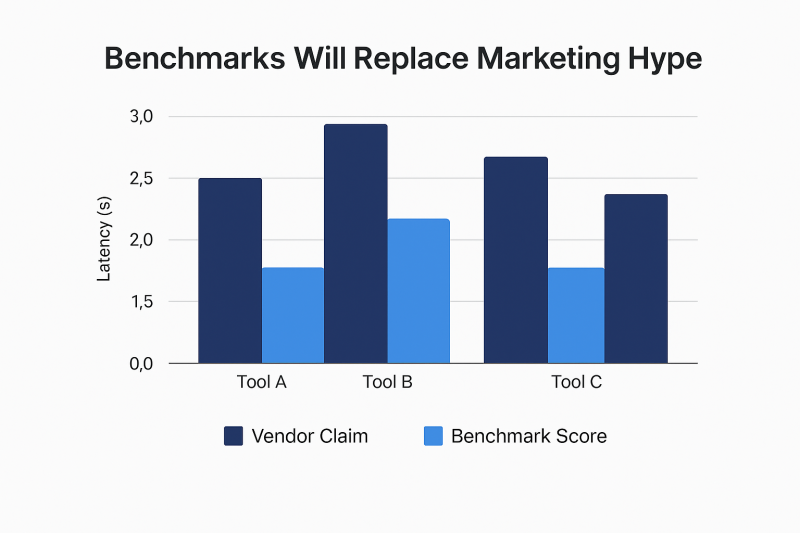
In the next 3 years, software discovery platforms like Techraisal, G2, and Microsoft AppSource will showcase performance dashboards alongside reviews.
Edge for buyers: Data-backed decisions.
Risk for vendors: Poor benchmark performance = zero visibility.
3. Compliance Will Be a Gatekeeper in Discovery
Global regulators are stepping in:
- EU AI Act enforcement starts August 2025.
- ISO/IEC 42001 is now the global AI governance standard.
- SBOMs (Software Bill of Materials) are being pushed by CISA in the U.S.
Marketplaces will soon filter by compliance readiness.
Future filters may look like:
- EU AI Act–complian
- ISO/IEC 42001 certified
- SBOM/AIBOM available
Outcome for users: Safer and more transparent discovery.
Constraint for vendors: Compliance will no longer be optional.
4. Vertical Hubs Will Solve Choice Overload
We are drowning in tools: Hugging Face alone lists 2M+ models, and Apple’s App Store has another 2M+ apps.
To cut through the noise, vertical hubs are emerging:
- Healthcare AI hubs for clinical solutions.
- Legal AI directories for compliance tools.
- Finance AI catalogs for trading and risk.
Example: G2 has already launched AI-powered leaderboards in specialized sectors like HR tech.
Merit for users: Easier navigation.
Trade-off for vendors: Placement in the right hub is everything.
5. Discovery Will Embed Itself Into Workflows
The boldest change? Discovery will stop feeling like discovery.
- Apple App Intents let Siri trigger third-party app actions.
- Microsoft Copilot connectors recommend software while you work in Word or Teams.
- Google Docs add-ons already surface contextual tools.
Example: Draft a contract in Word, and Copilot might prompt: “Do you want to run this through a compliance AI?”
Impact for users: Seamless access at the moment of need.
Trade-off for vendors: Gatekeepers (Apple, Microsoft, Google) will decide visibility.
Comparison: Old vs. New Software Discovery
| Aspect | Old Discovery (2015) | New Discovery (2025+) |
| Starting point | Google search, SEO blogs, referrals | AI assistants (ChatGPT, Copilot, Perplexity) |
| Trust signals | Reviews, case studies, vendor claims | Benchmarks, eval cards, compliance badges |
| Volume | Dozens of options | Millions of models/apps — choice fatigue |
| Discovery channel | App stores, blogs, word-of-mouth | Vertical hubs, curated ecosystems |
| User workflow | Separate search, then install | In-task recommendations by assistants |
| Visibility factor | SEO & ads | Integration + compliance + performance |
Final Thoughts: Discovery Is Becoming Distribution
The future of software discovery is not about being searched for — it’s about being eligible to appear.
- Answer engines control visibility.
- Benchmarks validate trust.
- Compliance filters block risky players.
- Vertical hubs organize fragmented markets
- Workflow-native assistants quietly recommend the winners.
If you’re a vendor, your strategy must adapt now: get benchmarked, publish compliance records, and integrate deeply with ecosystems. Otherwise, no matter how good your software is, it won’t even be discovered.
Or as one analyst said: “Software discovery isn’t about demand anymore — it’s about distribution, and distribution is owned by platforms.”
FAQs on the Future of Software Discovery
Q1. Why is traditional SEO losing importance in software discovery?
Because AI answer engines (Google AI Overviews, Perplexity, Copilot) now summarize results for users. Pew found clicks drop by 50% when AI answers are present — meaning fewer users even see traditional SEO listings.
Q2. Will small startups be able to compete in this new model?
Yes, but only if they invest in benchmarking and compliance transparency. Without verifiable performance data or governance documentation, startups risk being excluded from answer engines and regulated marketplaces.
Q3. How does compliance affect discovery?
Under the EU AI Act, software that doesn’t disclose risks or data lineage may be restricted in Europe. Discovery platforms will add filters so users can view only “compliant” options. Similar trends are happening in the U.S. (SBOM) and Asia.
Q4. What role will vertical hubs play?
They will reduce noise. Instead of browsing giant catalogs, users will go to industry-specific directories (e.g., “legal AI marketplace”) where only relevant tools are surfaced.
Q5. Will discovery really embed into workflows?
It’s already happening. Microsoft Copilot and Apple App Intents show how assistants can recommend tools contextually. Within five years, discovery will feel invisible — your assistant will “summon” the right tool when needed.
Post Comment
Be the first to post comment!


